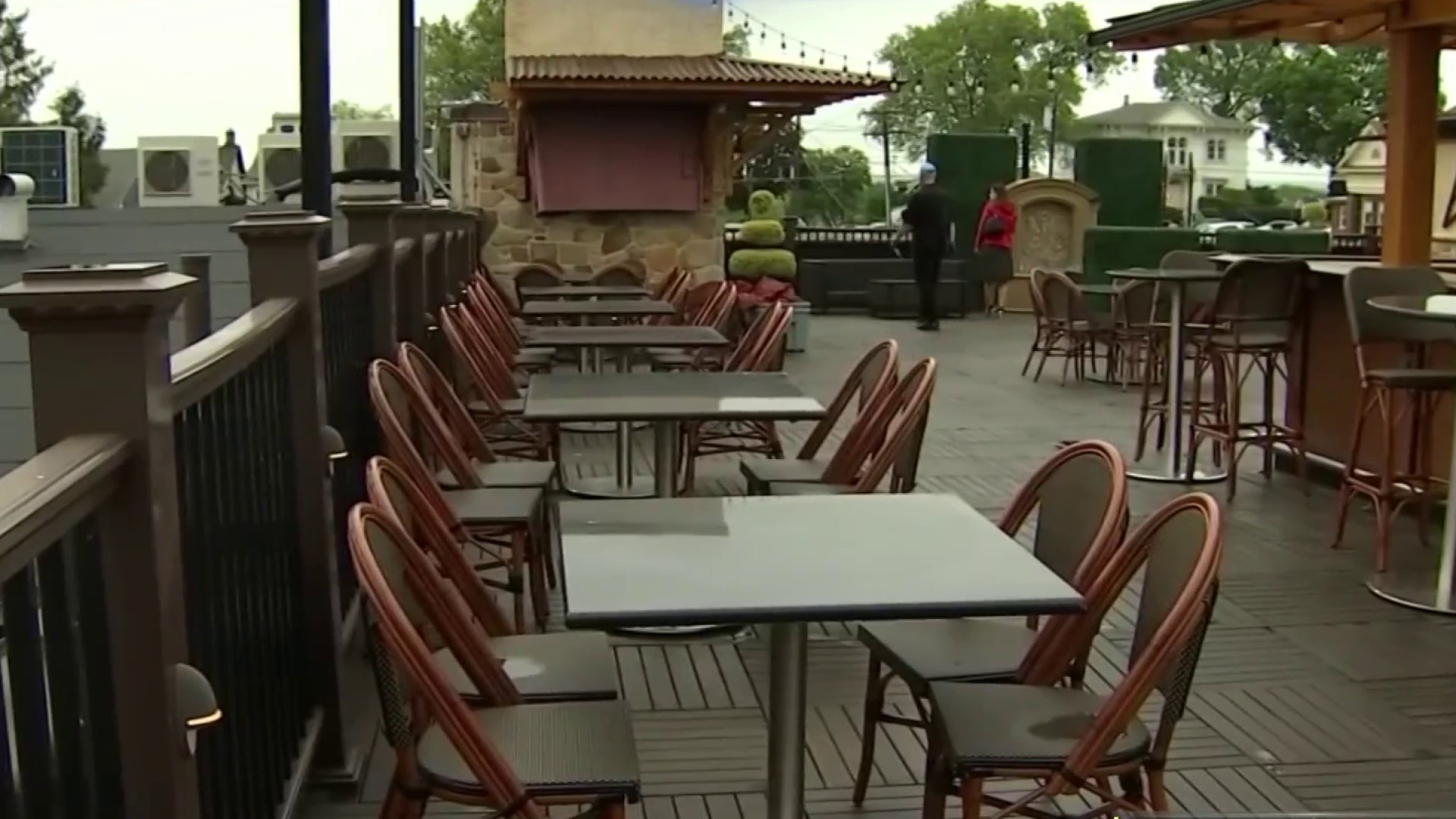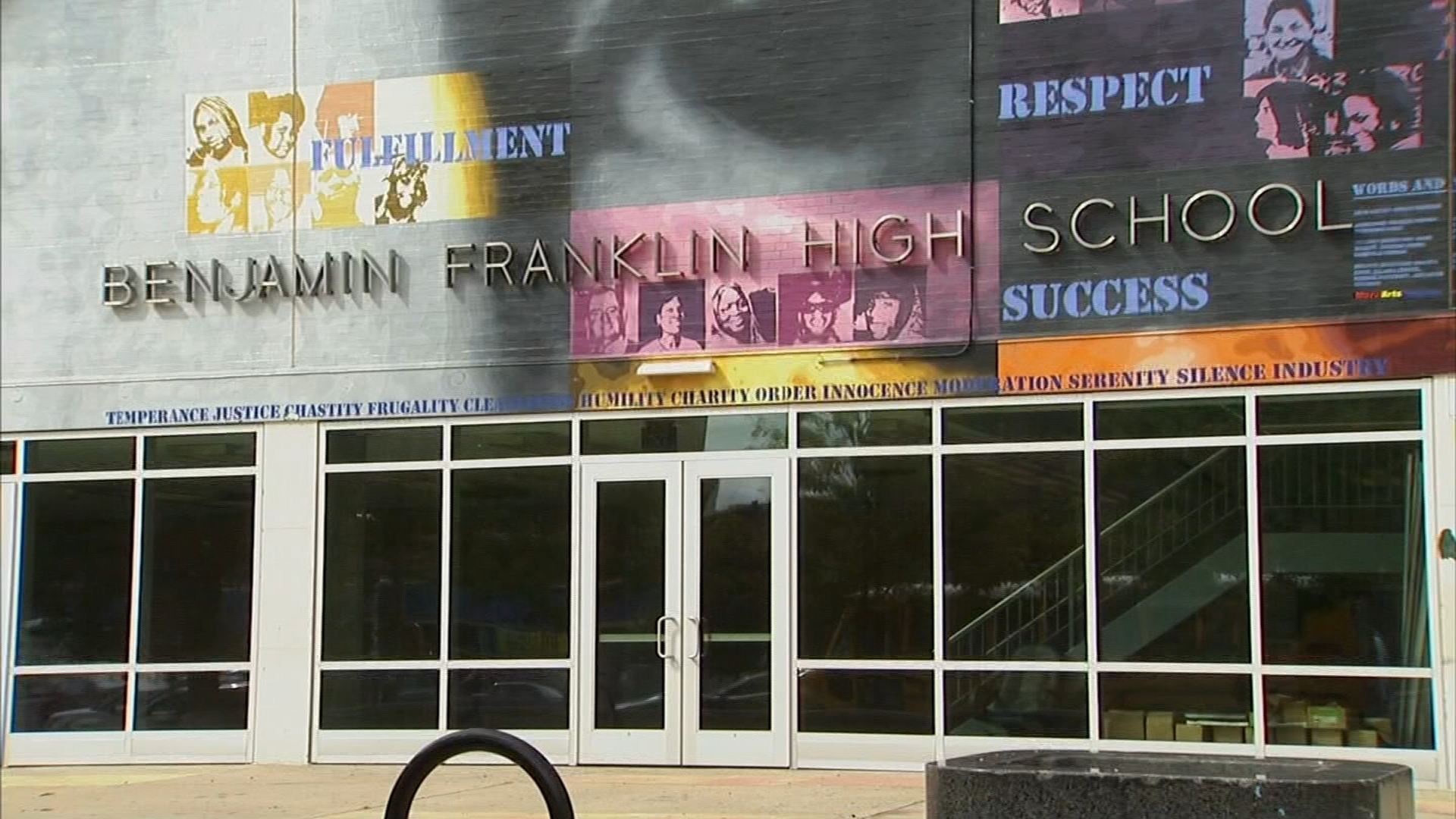What to Know
- This Friday, 18 mostly rural counties across northern Pennsylvania, including the home of Penn State’s main campus in Centre County, are moving to the green phase.
- 12 additional counties in the western and central parts of the state will move to green next Friday.
- Also next Friday, Wolf is moving the remaining “red” counties — Philadelphia, Berks, Bucks, Chester, Delaware, Lackawanna, Lancaster, Lehigh, Montgomery and Northampton — to yellow.
Gov. Tom Wolf will lift most of his pandemic restrictions in an additional 16 counties home to nearly 3 million people, including much of the Pittsburgh area, his office said Friday as afflicted Philadelphia also began mapping its way out of the crisis.
The counties are in western and central Pennsylvania: Allegheny, Armstrong, Bedford, Blair, Butler, Cambria, Clinton, Fayette, Fulton, Greene, Indiana, Lycoming, Mercer, Somerset, Washington and Westmoreland.
They will move next Friday to the so-called "green" phase, which has the fewest restrictions in the governor's stoplight-colored three-phase reopening plan.
Meanwhile Friday, 26 more counties woke up to fewer restrictions, announced a week ago by the Democratic governor.
Get Philly local news, weather forecasts, sports and entertainment stories to your inbox. Sign up for NBC Philadelphia newsletters.
News about the counties turning to "green" came Friday before Wolf delivered a seemingly off-the-cuff announcement that schools would reopen in the fall. The Department of Education is working on guidelines for reopening schools and those details could be ready next week, he added.
As much of the state moves toward green, nearly 6 million people in hard-hit southeastern Pennsylvania are still under Wolf's tightest orders, including a stay-at-home order that is part of the "red" phase.
Thus far, more than 70,000 Pennsylvanians have been infected with the coronavirus, according to state figures, and more than 5,400 have died from it.
Meanwhile, more than 2.3 million people in Pennsylvania, including self-employed and gig workers, have filed for unemployment since mid-March, when Wolf's shutdown orders began taking effect.
Starting Friday, eight more counties — Dauphin, Franklin, Huntingdon, Lebanon, Luzerne, Monroe, Pike and Schuylkill — are seeing Wolf's stay-at-home order lifted and are moving to the yellow phase, a change announced by Wolf last week.
Along with the stay-at-home order, more retailers and other businesses can reopen, including outdoor dine-in seating service at restaurants. Gatherings are limited to 25 people.
Also Friday, 18 mostly rural counties across northern Pennsylvania that are home to about 850,000 residents are moving to the green phase, the first counties to do so. That includes Centre County, the home of Penn State's main campus.
In the green phase, overnight camps and organized youth sports can operate, while restaurants and bars, salons and barber shops, gyms, theaters, malls and casinos can open at half of capacity. Other businesses serving the public in a building or defined area can only operate at as much as 75% of capacity.
People will still be asked to wear masks in public, and businesses must enforce social distancing requirements, while concerts, sporting events and other large gatherings are restricted to under 250 people.
Wolf has said that next Friday he will move the remaining "red" counties — Philadelphia, Berks, Bucks, Chester, Delaware, Lackawanna, Lancaster, Lehigh, Montgomery and Northampton — to yellow.
Philadelphia officials said Friday that they are carefully wading into restrictions, precautions and what needs to be monitored moving into the yellow phase tentatively next Friday.
Many of the business and other restrictions that will be eased mirror the state's, but Philadelphia officials cited a handful of differences.
The state's yellow phase allows for social and religious gatherings of fewer than 25 people, Philadelphia Health Commissioner Thomas Farley said, while the city is continuing to "strongly discourage" religious or social gatherings of any size.
Another difference: Private pools and swim clubs will remain closed under the city's plan. City officials are still considering what outdoor dining would look like if it were allowed.
The city will closely monitor the infection rates, Farley said, but will also look at two early indicators to decide whether the city needs to reintroduce some restrictions.



